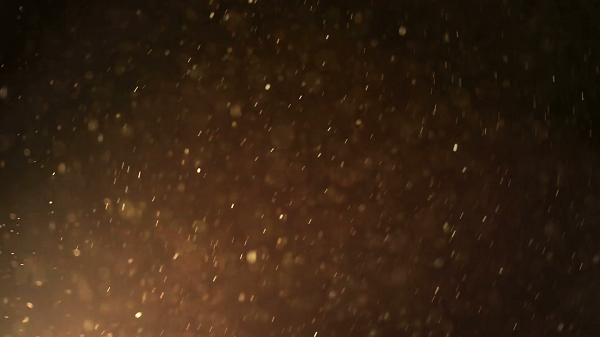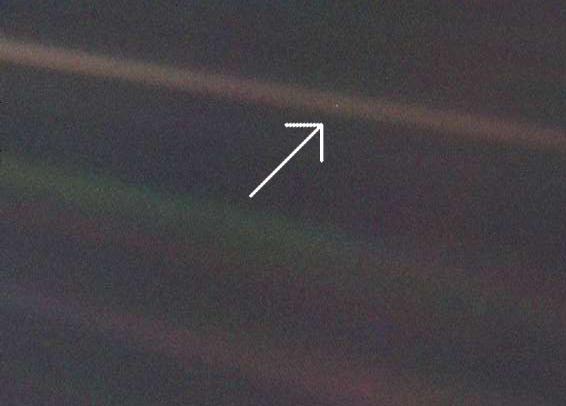FWP:
SETS
JALVAH: {7,4}
JAUHAR: {5,4}
MIRROR: {8,3}
SUN: {10,5}
ZARRAH: {15,12}
Faruqi suggests comparison to {87,3}. I would add {17,4}, in which the polish-marks want to become eyelashes, which also flutter like wings.
Dust-motes in shafts of bright sunlight appear to dance; this would be especially the case in the openings in the crevice-work [rauzan], which would put the dust-motes in a series of small 'spotlights' surrounded by the darker inner wall of the room. Dust-motes are lively, insubstantial, casual, quivering, hovering, darting here and there with every tiny breath of air. They are the very essence of unattached, delicate, floating responsiveness. On the nuances of rauzan , 'crevice-work', see {64,4}, and the earlier references in this ghazal.
Polish-marks [jauhar] on a metal mirror are the complete opposite of dust-motes in crevice-work: they are static, metallic, incised, confined, linear, immutable, produced deliberately by hard scrubbing. They are the very essence of durability, stolidness, rigidity, one-dimensionality.
Crevice-work in a wall is open, transparent, and in no danger of degradation in quality; a metal mirror is closed, opaque, and subject to verdigris that requires constant scrubbing to keep it at bay.
Yet Ghalib has shown us affinities between dust-motes and polish-marks, crevice-work and mirrors-- because of further, more fundamental affinities between the beloved and the sun. The commentators have explained these, and it's clear how it all fits together: in their mutual relationships the beloved's likeness to the sun endows the polish-marks on the mirror with a likeness to the dust-motes in the crevice-work.
In the first line, we have tim;saal as a quality of the beloved's; in the second line, from the same root we have mi;sl . To say that something is mi;sl-e something else is so common an expression for 'like' or 'resembling' that it's normally almost invisible. But here, it is foregrounded by the prominence of its cousin tim;saal in the first line. The beloved's glory/appearance of, or for, 'likeness' or 'resemblance' is what sets all lesser likenesses or resemblances going. Thanks to the multivalence of the i.zaafat, she has a glory/appearance 'of' resemblance (to the brilliance of the sun); or even possibly a glory/appearance 'for' resemblance, a power to generate or invite or compel in the polish-marks a resemblance to dancing dust-motes-- that is, to some of the least plausible simile-material that could possibly be adduced for them.
Or, even more radically, the beloved might be 'sun-faced'
[mihr-vash] not as a resemblance at all, but in the
most literal sense: her face might act as the sun, or even be the sun; perhaps
there is no other sun than her face. So her glorious power of inducing resemblance
might be the only life-force in the universe, as her beauty transmits life
and elicits life-like behavior from everything within its range.


Nazm:
The subject of 'became' is 'polish-lines', and 'wing-fluttering' is adjectival. The gist is that the way when a ray of sunlight falls, the dust-motes in the crevice-work are wing-fluttering, in the same way from the reflection [((aks] of that sun-faced one, the polish-lines in the mirror are wing-fluttering. (122)
== Nazm page 122